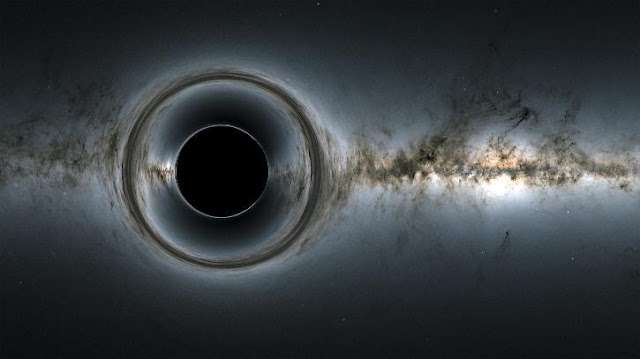
Introduction
In a groundbreaking development, NASA has released recordings of actual sounds from space, and the results are nothing short of eerie. These recordings, captured by advanced instruments aboard various spacecraft, provide an auditory glimpse into the cosmos, revealing the haunting and mysterious nature of the universe.
How Sounds in Space Are Recorded
The Science Behind It
Contrary to popular belief, sound can indeed exist in space, but not in the way we experience it on Earth. Space is a near-vacuum, meaning there are very few particles to transmit sound waves. However, electromagnetic waves and plasma waves can travel through space, and these can be converted into sound waves that we can hear.
Instruments Used
NASA utilizes specialized instruments such as the plasma wave antennas on the Voyager and Juno spacecraft, and magnetometers on the Parker Solar Probe. These instruments detect the vibrations caused by the interactions of particles in space, which are then translated into audible sound.
The Terrifying Sounds of Space
The Moans of Jupiter
One of the most unsettling recordings comes from Jupiter. The Juno spacecraft captured the planet’s intense magnetosphere, which translates into a series of low-frequency moans and wails. These sounds are caused by the interaction of the solar wind with Jupiter’s magnetic field.
The Whistlers of Earth
Closer to home, the Van Allen Probes recorded the phenomenon known as “whistlers.” These are high-pitched, descending tones caused by lightning strikes on Earth, whose radio waves travel along magnetic field lines and resonate in space. The resulting sounds are both eerie and fascinating, echoing like ghostly whistles.
The Cries of a Black Hole
Perhaps the most spine-chilling sounds come from the vicinity of a black hole. While black holes themselves do not emit sound, the gas and dust swirling around them can create intense vibrations. Instruments on the Chandra X-ray Observatory have captured these vibrations, producing a deep, resonant hum that is both powerful and haunting.
Scientific Significance
Understanding Space Environments
These recordings are not just for eerie enjoyment; they provide valuable scientific data. By analyzing the sounds, scientists can gain insights into the behavior of solar winds, magnetic fields, and the plasma environments of planets and stars. This information is crucial for understanding space weather and its potential impact on Earth.
Enhancing Space Exploration
The ability to record and interpret sounds in space also aids in the navigation and exploration of the cosmos. For instance, understanding the acoustic environment around other planets can help in designing better communication systems for future missions.
Public Reaction and Cultural Impact
Fascination and Fear
The public’s reaction to these recordings has been a mix of fascination and fear. The idea that space, often perceived as a silent void, is filled with such eerie sounds challenges our perceptions and ignites our imagination. These sounds have been likened to the scores of science fiction and horror movies, adding an extra layer of intrigue to the exploration of space.
Inspiration for Art and Media
Artists, musicians, and filmmakers have been inspired by these recordings, incorporating them into various forms of media. The sounds from space have found their way into music compositions, soundscapes for films, and immersive art installations, highlighting the blend of science and creativity.
Future Prospects
Advanced Recording Techniques
NASA and other space agencies are continuously developing more sophisticated instruments to capture and study space sounds. Future missions may include dedicated audio recording devices capable of capturing even more detailed and diverse sounds from different celestial bodies.
Expanding Our Understanding
As we continue to explore the universe, the sounds of space will play an increasingly important role in our understanding of the cosmos. Each new recording brings us closer to deciphering the mysteries of space, providing not only scientific insights but also a profound sense of connection to the vast, uncharted territories beyond our planet.
Conclusion
NASA’s recordings of actual sounds in space have unveiled a haunting and mysterious dimension of the cosmos. These eerie sounds challenge our perceptions and provide valuable scientific data, enriching our understanding of the universe. As we continue to explore the depths of space, the sounds we capture will remain a poignant reminder of the vast, unknown expanse that lies beyond our earthly confines.
